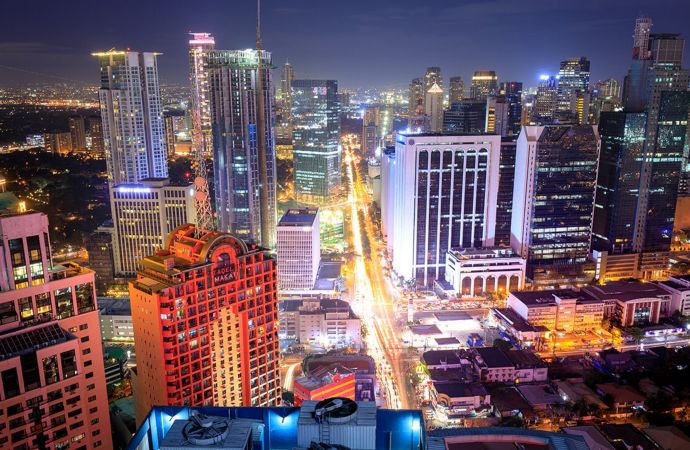Cold storage intervention would help farming and fishing communities, says ATMOsphere Asia speaker Cherrie Atilano.

Cherrie Atilano, AGREA International
In the month preceding the ATMOsphere Asia 2020 conference in November, the Philippines was hit by three major typhoons: Quinta on October 23, Rolly on October 26 and Ulysses on November 8.
Ulysses was a category 4-equivalent typhoon which caused the worst flooding in the capital city of Manila in more than a decade.
The impact of the typhoons on farming and fishing communities in the Philippines underscores the importance of a robust cold chain supported by clean cooling technologies, said Cherrie Atilano, CEO of Philippines-based AGREA International, during the State of the Industry session at ATMOsphere Asia, which ran online November 17-18. (shecco, organizer of ATMOsphere Asia, is publisher of this website.)
“I think our country is in dire need of more sustainable kinds of technology, like ‘clean cooling,’” said Atilano.
AGREA International is an agri-business and social enterprise that aims to establish food security, eradicate poverty and alleviate the effects of climate change for farming and fishing families in the Philippines through the creation of replicable “one-island” agricultural economies.
The company works with more than 23,000 farmers throughout the country, who were “really devastated” by the Ulysses typhoon, said Atilano.
“And this is something that is very important to consider in terms of developing intervention on our cold storage at the farmer level,” she added. “So we need to do something that is durable enough and typhoon-proof, knowing the typhoon situation in the Philippines. And it is sad to say that every year it seems that it is increasing.”
Atilano attributed the worsening typhoon threat to climate change. “Climate change is real and we really feel it on a daily basis in the Philippines, whether it be the summer, rainy or typhoon seasons,” she said. “So this kind of [clean cooling] intervention is something that is very useful.”
In addition, Atilano noted that during the COVID-19 pandemic, post-harvest loss for the Philippines’ agricultural sector reached 75% (before, losses were at 35%).
“This is sad and that is why I am really challenging everyone who is developing cold chain interventions and storage,” she said. “I think we need to step back a little bit and review this.”
Cost challenge
The affordability of this new technology, especially for the farmers was highlighted as the biggest challenge during the ATMOsphere Asia session.
“I believe funding smaller portable cold storage is the main issue,” wrote one of the participants addressed as a question towards Atilano. “Farmers may not be able to afford [it] as in our experience in Nueva Ecija for onions. The cost of less than a million pesos (around US$20,000) is [not] affordable.” (Nueva Ecija is a Philippine province known as one of the top agricultural producing regions in the country.)
Atilano acknowledged that, though farmers understand the economics of how much they can save with cold storage equipment, they are still completely turned off when faced with the initial cost of the equipment or service.
“Just the decision to buy a single tractor is such a long discussion for the farming co-operatives because they feel it is so big in their head,” said Atilano in response to the question. “And when you talk about a million, their jaws drop on the floor. So [the problem] is mainly their mindset and perception of the price.”
I think our country is in dire need of more sustainable kinds of technology, like ‘clean cooling.’”
- Cherrie Atilano, AGREA International
Related stories


